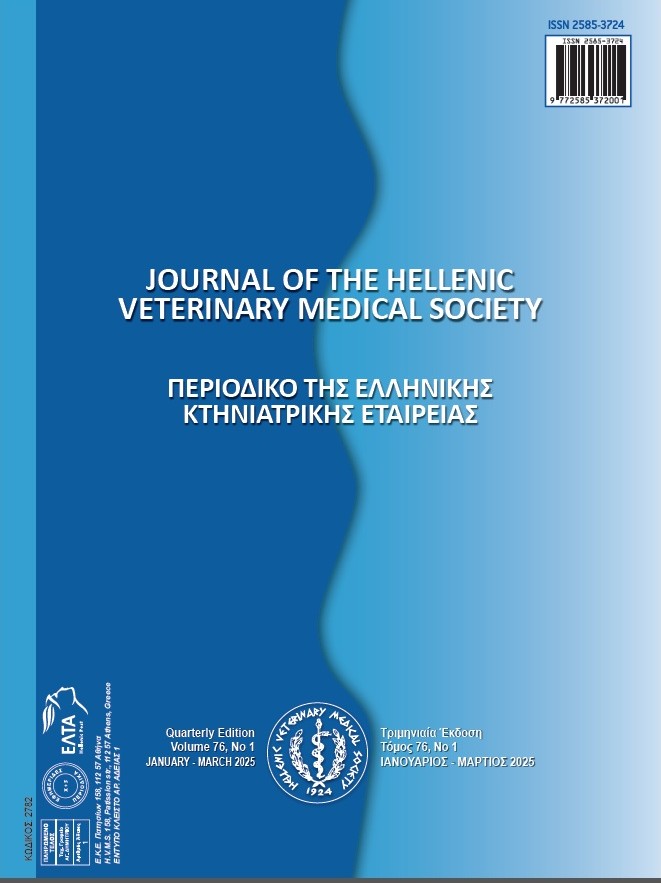The efficacy of Contoya (Lobelia decurrens cav.) in the control of eimeriosis in vivo in rabbits

Resumen
The search for alternatives in the control of eimeriosis and the lack of studies on local bioactive plants led to the present research to evaluate the efficacy of Contoya (Lobelia decurrens cav.) under two presentations in the control of Eimeria spp. in rabbits in Cajamarca (Peru). Fifty-six rabbits with a parasite load greater than 400 oocysts per gram of feces were selected and divided into a control group and six treatments of eight replicates. The first three treatment groups were administered in extract presentation and the following three in infusion. The coproparasitoscopic evaluation was performed using the McMaster technique on days 1, 3, and 8 post-dosing. The results showed that both presentations and volumes of Contoya achieve the reduction of parasite load, so this plant can be used in Extract and Infusion of 1 to 3 mL per rabbit indistinctly (p > 0.05). The decrease in efficacy in the days was significant (p < 0. 10), in the treatments with extract a maximum reduction of 99.04% (Day 1) and a minimum of 89.35% (Day 8) was observed. Although, in the group treated with infusion, the maximum reduction of oocysts was achieved (99.62% - Day 1), also in this group the lowest value was obtained (84.96% - Day 8). It is inferred that Lobelia decurrens cav. is effective in controlling eimeriosis in rabbits, both in extract and infusion presentations.
Article Details
- Cómo citar
-
Reyna-Cotrina, G., Torrel Pajares, T., Rojas-Moncada, J., & Vargas Rocha, L. (2024). The efficacy of Contoya (Lobelia decurrens cav.) in the control of eimeriosis in vivo in rabbits. Journal of the Hellenic Veterinary Medical Society, 75(1). https://doi.org/10.12681/jhvms.34130 (Original work published 20 de abril de 2024)
- Número
- Vol. 75 Núm. 1 (2024)
- Sección
- Short Communication

Esta obra está bajo una licencia internacional Creative Commons Atribución-NoComercial 4.0.
Authors who publish with this journal agree to the following terms:
· Authors retain copyright and grant the journal right of first publication with the work simultaneously licensed under a Creative Commons Attribution Non-Commercial License that allows others to share the work with an acknowledgement of the work's authorship and initial publication in this journal.
· Authors are able to enter into separate, additional contractual arrangements for the non-exclusive distribution of the journal's published version of the work (e.g. post it to an institutional repository or publish it in a book), with an acknowledgement of its initial publication in this journal.
· Authors are permitted and encouraged to post their work online (preferably in institutional repositories or on their website) prior to and during the submission process, as it can lead to productive exchanges, as well as earlier and greater citation of published work.



